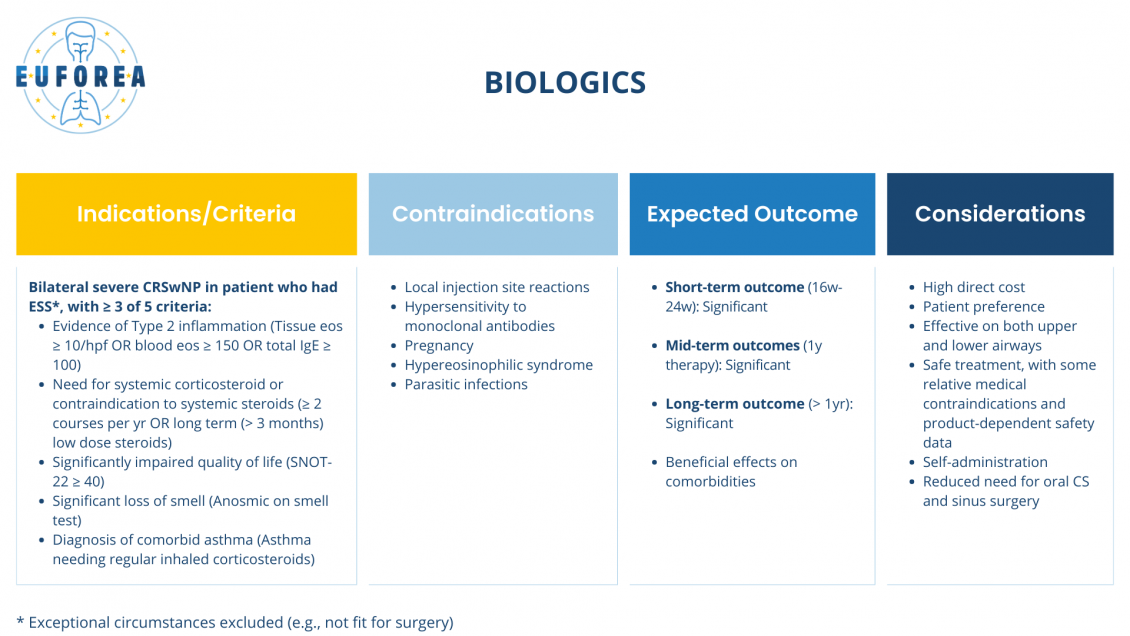EUFOREA/EPOS2020 statement on the clinical considerations for CRSwNP care
Clinical Considerations for Chronic Rhinosinusitis with Nasal Polyps Care
Co-Authors: Peter W. Hellings, Isam Alobid, Wilma T. Anselmo-Lima, Manuel Bernal-Sprekelsen, Leif Bjermer, Lisa Caulley, Adam Chaker, Jannis Constantinidis, Diego M. Conti, Eugenio De Corso, Martin Desrosiers, Zuzana Diamant, Philippe Gevaert, Joseph K. Han, Enrico Heffler, Claire Hopkins, Basile N. Landis, Olga Lourenco, Valerie Lund, Amber U. Luong, Joaquim Mullol, Anju Peters, Carl Philpott, Sietze Reitsma, Dermot Ryan, Glenis Scadding, Brent Senior, Peter Valentin Tomazic, Elina Toskala, Thibaut Van Zele, An-Sofie Viskens, Martin Wagenmann, Wytske J. Fokkens
The treatment for patients suffering from uncontrolled severe CRSwNP has been subject to a revolution of care given the growing insight into the underlying pathophysiology over the past two decades, the recommendation to evaluate biomarkers in the context of biologics and the increased awareness of comorbidities.
Chronic rhinosinusitis with nasal polyps (CRSwNP) is present in 1%–2% of the population. The terminology ‘CRSwNP’ refers to a phenotype, and based on the increased understanding of underlying pathophysiology, we now refer to the term diffuse bilateral CRS. Diffuse bilateral CRS can have a type 2 or non-type 2 endotype and present with or without polyps. In the Western world, most diffuse bilateral CRS with polyps is of the type 2 endotype. However, in Asia, there is still a significant, although diminishing percentage of patients present with a non-type 2 endotype.
Click below to download the EUFOREA CRS pocket guide for free
Figure 1: The indications/criteria, (relative) contraindications, expected outcomes and considerations when using systemic corticosteroids in the management of chronic rhinosinusitis (CRS) with nasal polyps (CRSwNP).
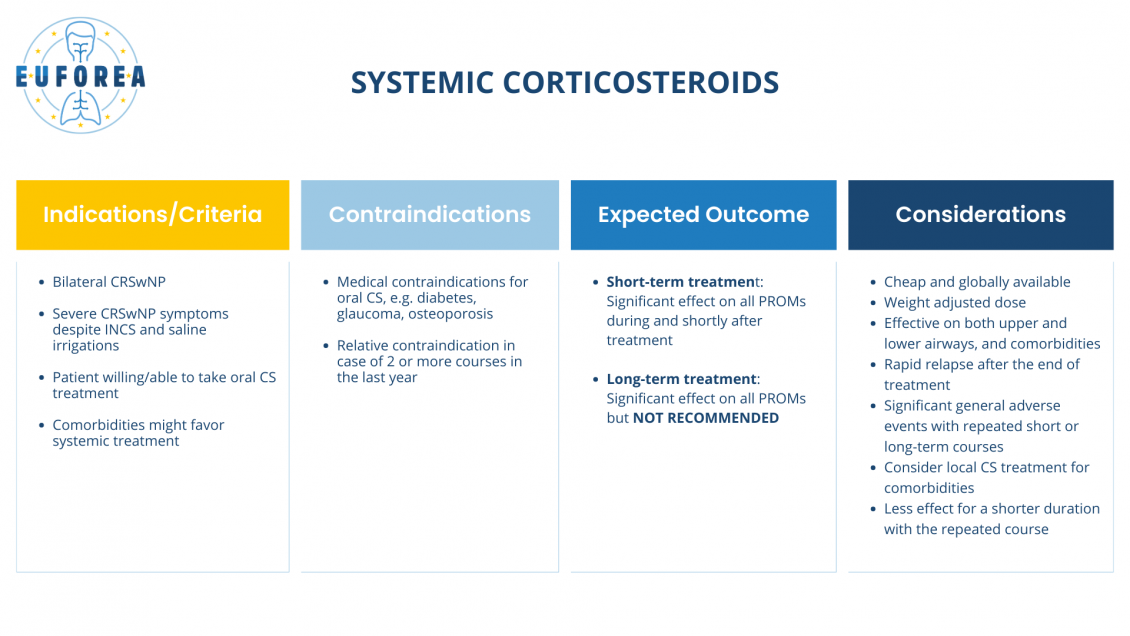
Figure 2: The indications/criteria, (relative) contraindications, expected outcomes and considerations when using primary endoscopic sinus surgery in the management of chronic rhinosinusitis (CRS) with nasal polyps (CRSwNP).
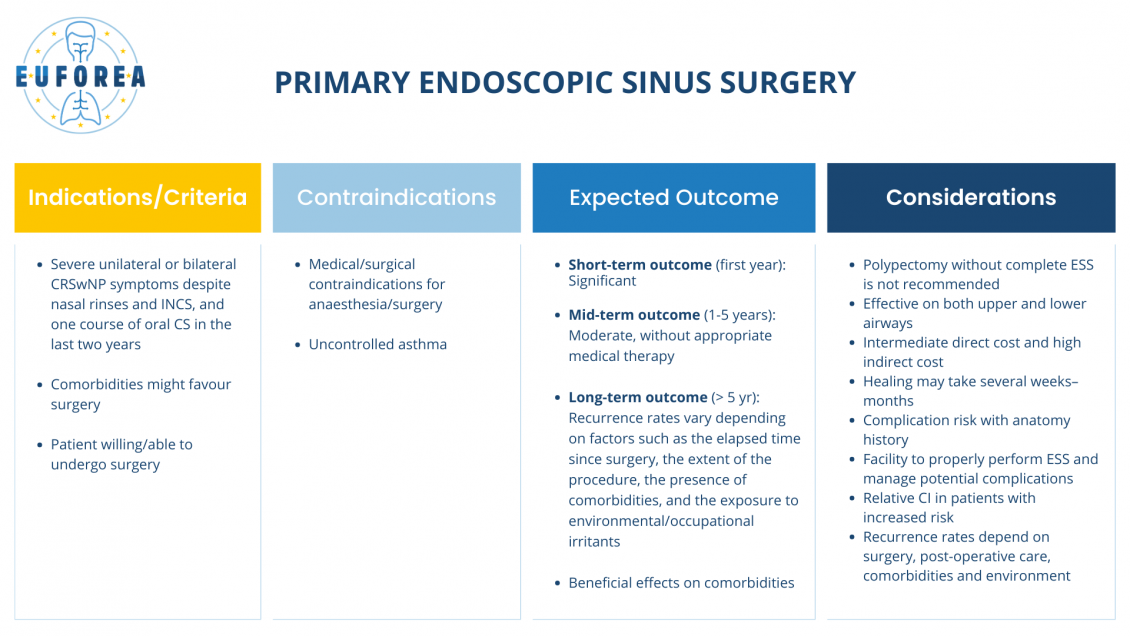
Figure 3: The indications/criteria, (relative) contraindications, expected outcomes and considerations when using revision endoscopic sinus surgery in the management of chronic rhinosinusitis (CRS) with nasal polyps (CRSwNP).
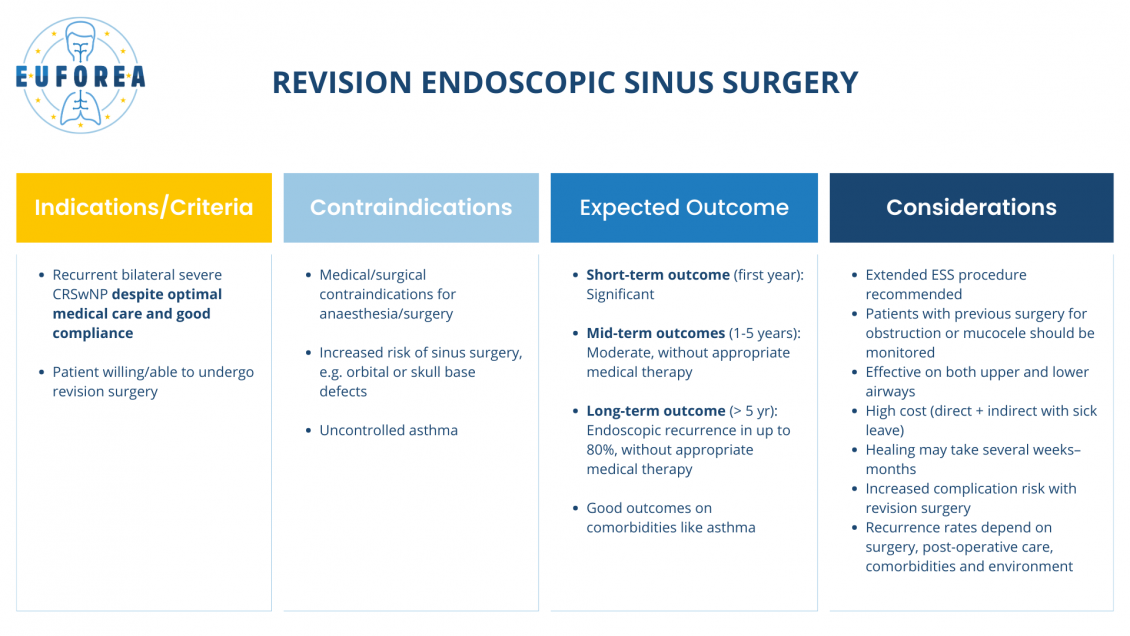
Figure 4: The indications/criteria, (relative) contraindications, expected outcomes and considerations when using aspirin treatment after desensitization (ATAD) in the management of chronic rhinosinusitis (CRS) with nasal polyps (CRSwNP).
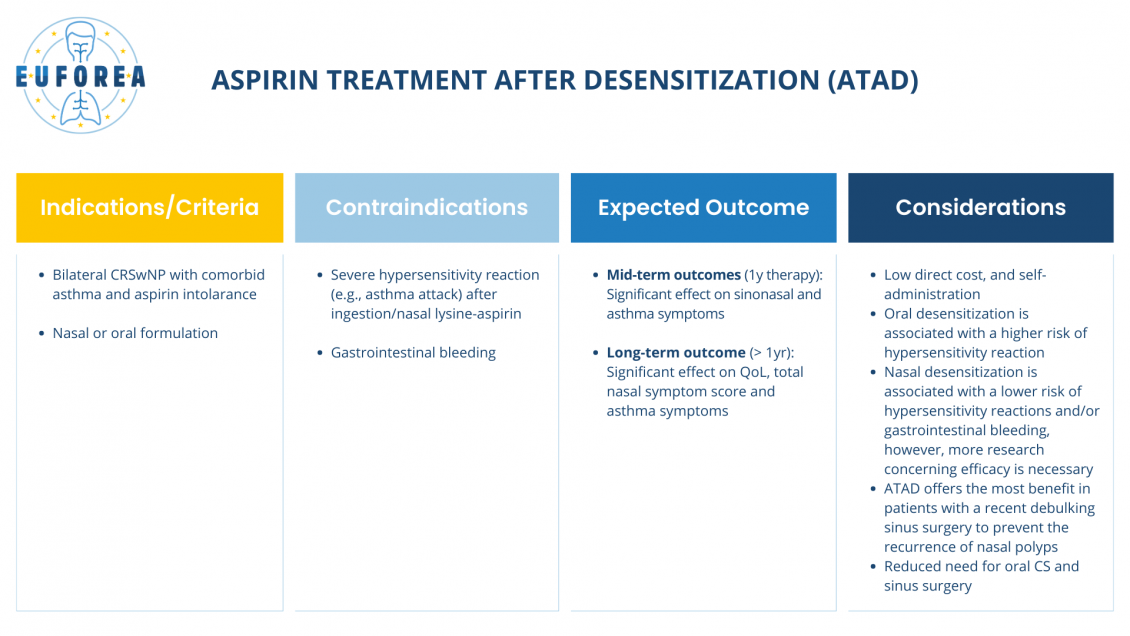
Figure 5: The indications/criteria, (relative) contraindications, expected outcomes and considerations when using biologics in the management of chronic rhinosinusitis (CRS) with nasal polyps (CRSwNP).
